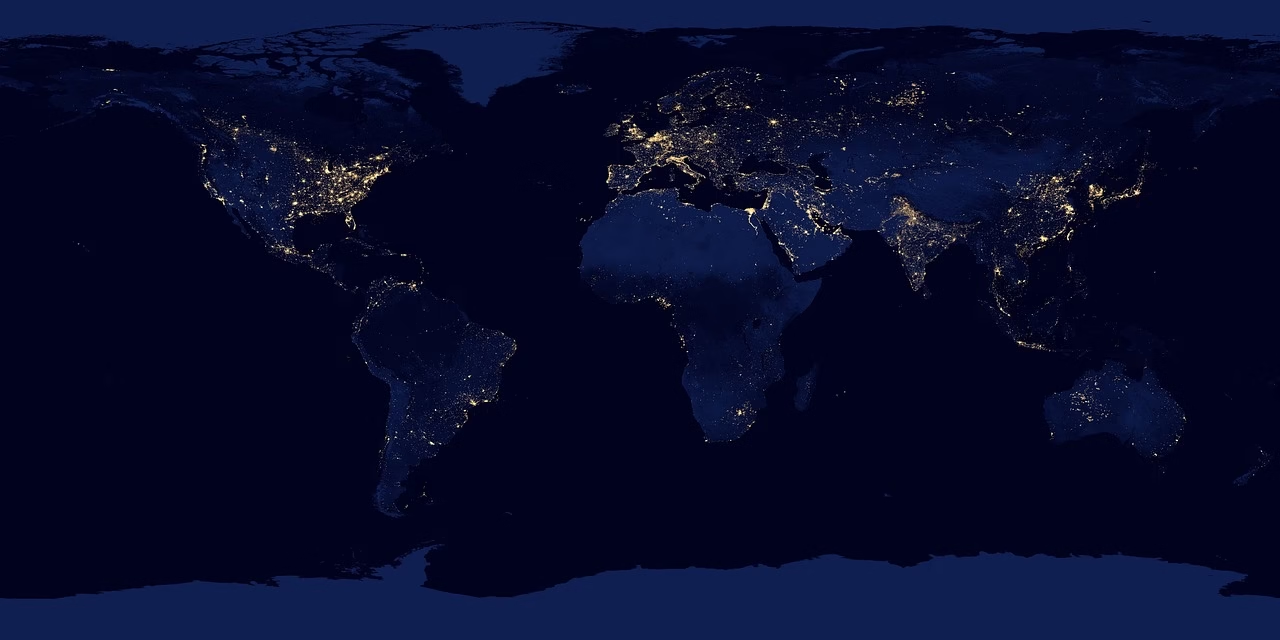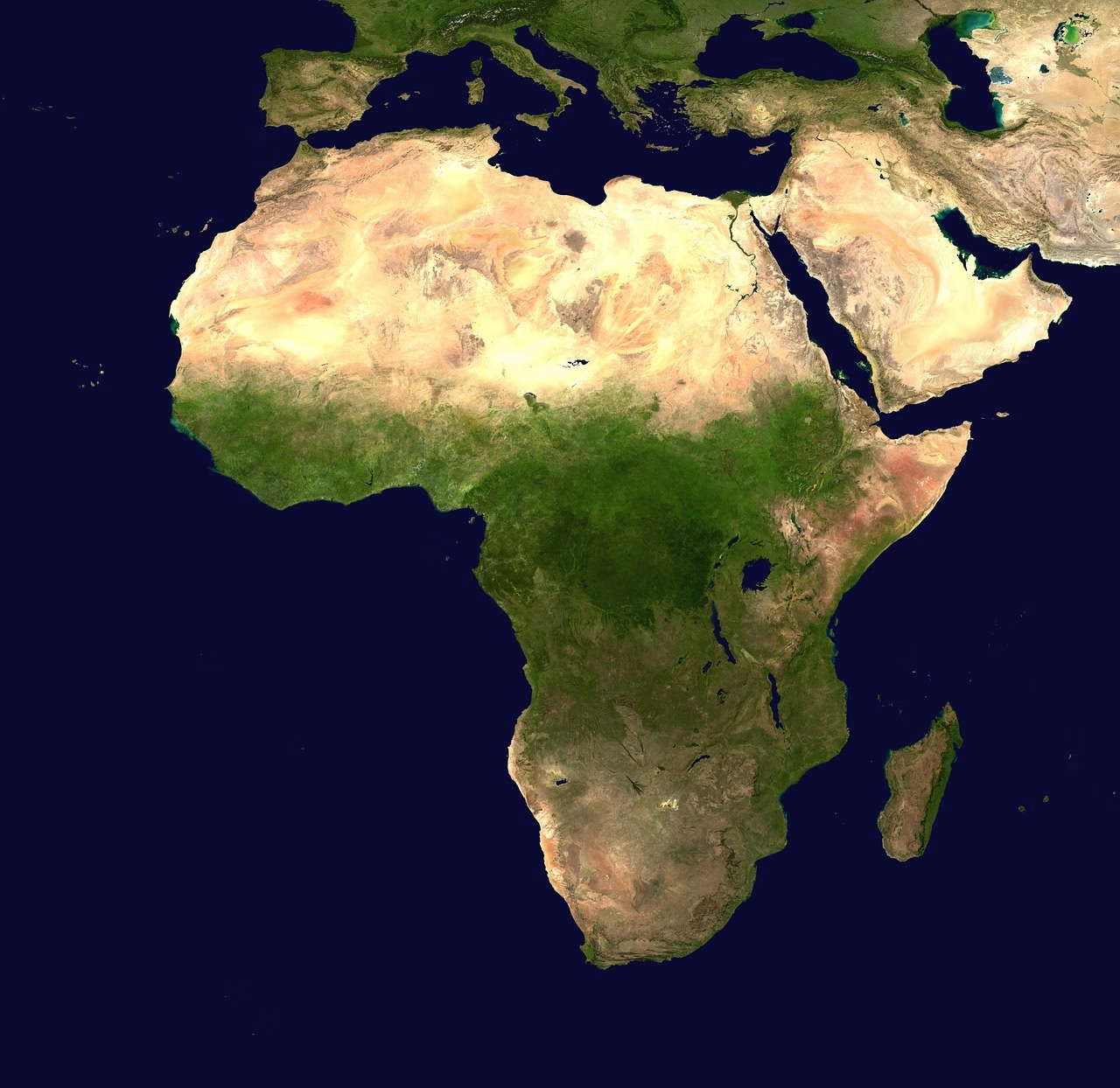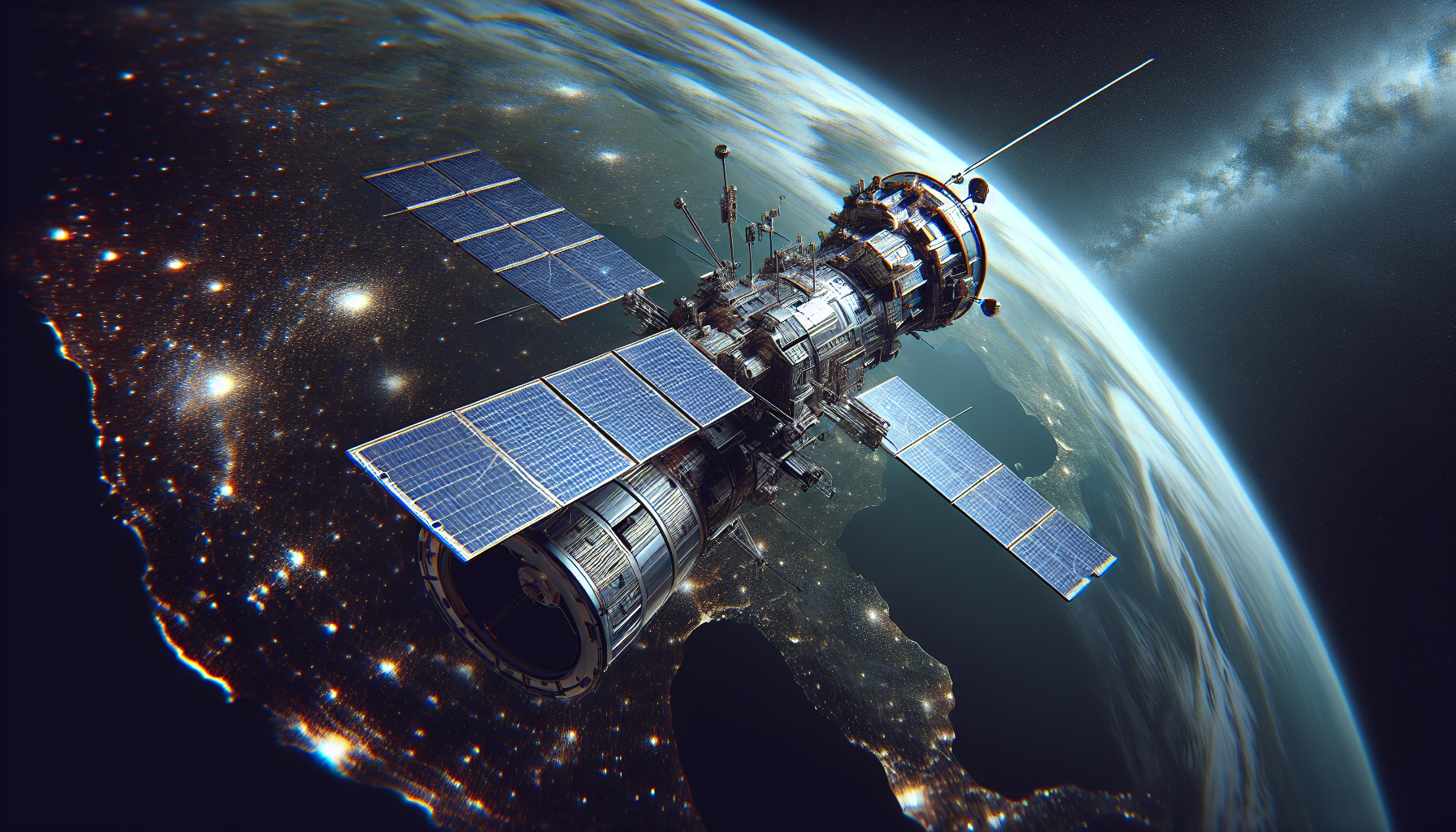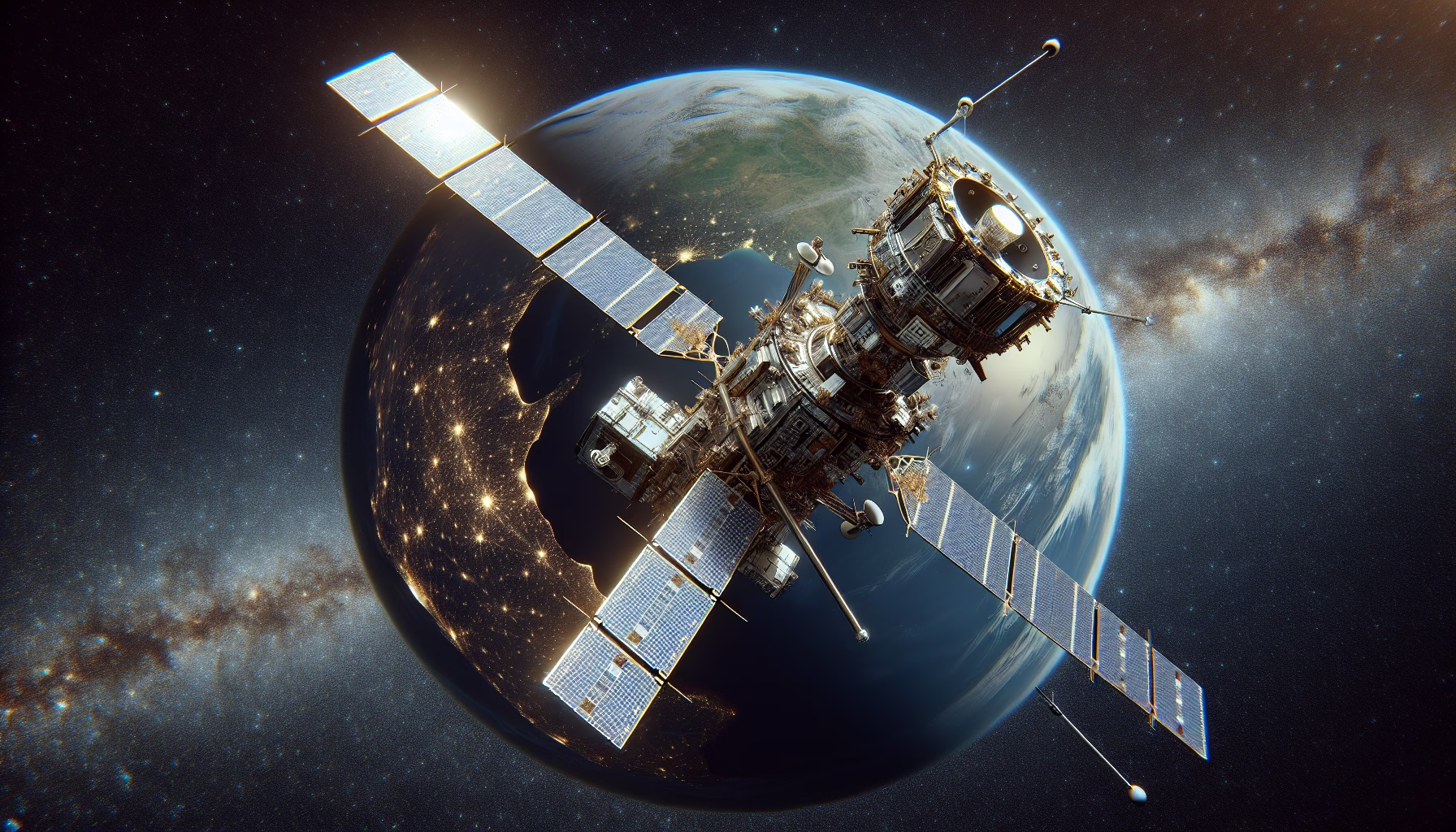Have you ever wondered how satellites are meticulously observed and tracked high above in the celestial dome? As the world navigates through the realms of technological advancement, the techniques for observing and tracking satellites have dramatically evolved. This evolution, propelled by an increasing reliance on these skyward objects for communication, surveillance, and scientific research, mandates an in-depth examination of the advanced methods used in satellite track observation.

Table of Contents
The Importance of Satellite Track Observation
The utilization of satellites permeates various aspects of modern society. Satellites contribute significantly to global communication frameworks, meteorological studies, and even navigation systems that aid everyday commuters. The reliance on these orbiting devices necessitates a robust mechanism for monitoring and tracking their positions to ensure optimal functionality and longevity. Failure to accurately track these devices can lead to disruptions that affect sectors such as weather forecasting, GPS-based applications, and international communications.
Evolution of Satellite Observation Techniques
As technological capabilities have expanded, so too have the methods for observing satellites. Historically, ground-based telescopic systems and radio tracking were the primary modes of satellite observation. However, recent years have seen an emergence of more sophisticated technologies, including laser tracking, radar systems, and mathematically modeled predictive software. These innovations ensure that the tracking processes are more accurate, efficient, and can accommodate the rapid escalation in the number of satellites orbiting Earth.
Traditional Methods: A Historical Overview
Traditionally, the task of tracking satellites rested heavily on photographic techniques and manual observations through optical telescopes. This process involved a meticulous analysis of star fields and satellite trails over time. Radio frequency tracking provided an alternative, allowing observers to calculate positions based on Doppler shifts in transmitted signals. These methods laid the groundwork for the more advanced technological systems deployed today.
Advanced Techniques in Satellite Track Observation
In the 21st century, ground-based and space-borne systems have revolutionized how satellites are monitored. The refined accuracy and broader capabilities of modern systems primarily involve the integration of lasers, automated algorithms, and advanced radar technologies.
Laser Ranging Systems
One of the most precise techniques in satellite observation is Satellite Laser Ranging (SLR). By using short laser pulses, SLR systems can measure the precise distance between a ground station and a satellite. The time it takes for a laser pulse to travel to a satellite and back to the source is used to calculate the satellite’s exact position. Laser ranging has become invaluable in geodetic and geophysical research, offering millimeter-level accuracy in positional data.
Radar Systems and Their Efficacy
Radar systems, employing radio waves, continue to be integral to satellite tracking operations. They boast the capability to detect and track objects in various atmospheric conditions, which might otherwise hinder optical systems. Radar’s adaptability and high-precision tracking ability allow it to monitor vast sections of the sky, ensuring comprehensive coverage of satellite paths.
Automated Predictive Software
With the upsurge in machine learning and artificial intelligence, automated predictive software has become increasingly pivotal in satellite tracking. These programs amalgamate data from various tracking systems to predict satellite movements and potential collisions. This integration of predictive analytics allows for continuous monitoring and timely intervention to prevent potential conflicts between orbiting bodies.

Interpretation and Implications of Tracking Data
Satellite tracking data is not merely a collection of positional figures but a reservoir of valuable insights into the functioning and health of satellites. The implications of tracking data extend beyond mere navigation and positioning.
Analyzing Time-Series Data
Time-series analysis offers a comprehensive understanding of a satellite’s behavior over extended periods. Patterns in these data sets can indicate trends such as orbital decay or deviations due to gravitational perturbations. This analytical approach ensures that potential issues are identified early, facilitating proactive maintenance and corrections.
Benchmarking and Comparative Analysis
Through comparative analysis, organizations can benchmark the performance of their satellites against others in similar orbits. Such comparisons are essential for identifying anomalies that might indicate malfunctions, allowing for timely adjustments. Advanced statistical models further enhance the accuracy of these comparisons, providing a nuanced understanding of satellite performance.
Departments and Entities in Satellite Observation
The observance and tracking of satellites are not tasks confined to a single body but involve numerous international and governmental organizations.
United States Space Surveillance Network (SSN)
The United States SSN plays an integral role in cataloging and tracking objects orbiting Earth. By utilizing both optical telescopic and radar technologies, SSN provides critical data on the position and trajectory of satellites, assisting in collision avoidance protocols and general space situational awareness.
European Space Agency (ESA)
The European Space Agency’s network of ground stations complements the SSN’s efforts by providing valuable positional and trajectory data for various satellites, particularly those in geostationary orbits. The ESA’s integration of multi-wavelength sensors and cutting-edge analytical software enhances its observational capabilities.

Challenges and Limitations in Satellite Observation
Despite the advancements in satellite observation techniques, several challenges and limitations persist.
Atmospheric Interference
Atmospheric conditions can significantly affect both laser and optical tracking methods. Factors such as cloud cover, atmospheric turbulence, and atmospheric refraction can distort observational data, necessitating correction algorithms and alternative tracking methods.
Orbital Congestion
The burgeoning population of satellites poses a significant challenge in terms of tracking accuracy and collision avoidance. As outer space becomes increasingly crowded, deploying systems that ensure the safe and efficient operation of satellites becomes paramount.
Future Outlook and Innovations
The future of satellite observation promises further enhancements in accuracy and efficiency. Emerging technologies and innovative research methodologies hint at a dynamically evolving field poised to tackle contemporary challenges in satellite observation.
Integration of AI and Machine Learning
The integration of AI and machine learning continues to transform satellite tracking by refining predictive algorithms and enhancing real-time monitoring capabilities. These technologies can process vast datasets rapidly, offering predictions with heightened accuracy.
Quantum Technologies in Tracking
Emerging quantum technologies may offer unprecedented accuracy in satellite tracking. The potential application of quantum entanglement and cryptography in secure communications and tracking represents a new frontier in satellite observation techniques.

Practical Applications of Satellite Tracking Data
The data garnered from satellite tracking systems find practical applications across various domains.
Environmental Monitoring
Satellite tracking data are vital in environmental monitoring, offering insights into global climate patterns, natural disasters, and ecological changes. They play a crucial role in efforts to understand and mitigate the effects of climate change.
Enhancing Navigational Systems
Navigation systems, including those used in aviation and maritime industries, rely on accurate satellite tracking data to ensure safe and efficient operations. These systems leverage real-time data to navigate challenging environments, providing essential information for logistical and strategic planning.
Frequently Asked Questions (FAQs)
What is the role of satellite observation in global communication?
Satellite observation ensures that communication satellites function optimally, maintaining the global communication infrastructure crucial for seamless data transmission worldwide.
How do laser ranging systems enhance the precision of satellite observations?
Laser ranging systems provide millimeter-level accuracy by measuring the two-way travel time of laser pulses between ground stations and satellites, allowing for precise positional tracking.
What challenges do atmospheric conditions pose to satellite observation?
Atmospheric conditions, such as cloud cover and turbulence, can distort observations, necessitating the use of sophisticated correction algorithms to ensure data accuracy.
Why is AI integration critical in satellite tracking?
AI integration enhances satellite tracking by improving predictive models and enabling real-time data analytics, offering unprecedented accuracy and efficiency.
How does satellite tracking contribute to environmental monitoring?
Tracking data allows scientists to observe global climate and ecological changes, forming the basis for strategies aimed at mitigating environmental challenges.

Conclusion
Satellites serve as the sentinels of space, providing invaluable services to humanity. The advanced techniques employed in observing and tracking these celestial beacons continue to evolve, aligning with technological progress and expanding needs. By collaborating globally and integrating cutting-edge technologies, the future of satellite track observation holds promise for even greater accuracy and applicability. As we gaze up at these orbiting giants, the meticulous observation and tracking systems ensure that they continue to orbit smoothly, ever-connected to the blue planet below.
